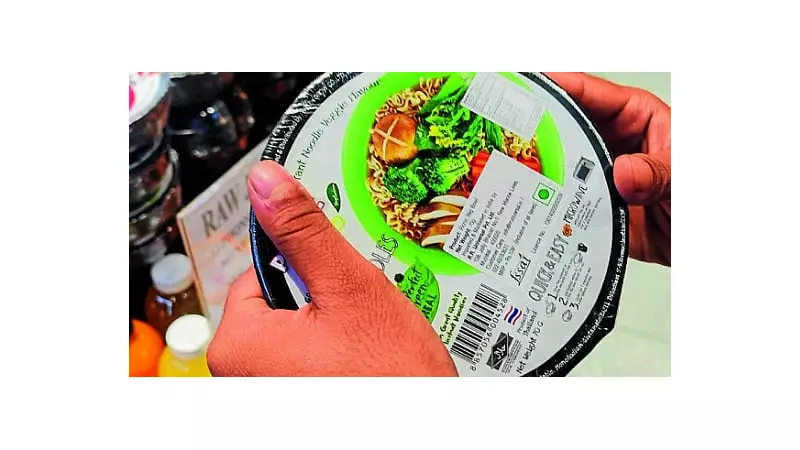
Imagine walking through a supermarket aisle, surrounded by brightly packaged foods, making choices that will determine your family's health. Now imagine doing this blindfolded. This is essentially what millions of Indians do every day when they ignore the most crucial piece of information on any packaged product: the food label.
The Silent Health Emergency on Our Shelves
India stands at a nutritional crossroads. While undernutrition persists, obesity, diabetes, and hypertension are skyrocketing. The common thread? Our relationship with packaged foods has transformed, but our understanding of what we're consuming hasn't kept pace.
Most shoppers glance at brand names, prices, and sometimes expiry dates, but the nutritional information panel remains a mysterious chart of percentages and chemical-sounding ingredients. This ignorance comes at a steep health cost.
Why Label Literacy Matters More Than Ever
The evidence is alarming. Studies reveal that many popular packaged foods contain dangerously high levels of salt, sugar, and unhealthy fats – often hidden behind clever marketing claims like "natural" or "fortified."
Consider these critical reasons why reading labels should become second nature:
- Hidden Sugars: Many products marketed as "healthy" contain surprising amounts of added sugars under various names like corn syrup, dextrose, or maltose
- Salt Overload: Processed foods are major contributors to excessive sodium intake, directly linked to hypertension
- Trans Fats: Despite regulations, partially hydrogenated oils still appear in many products
- Misleading Portions: Serving sizes are often unrealistically small, making calorie counts appear lower than actual consumption
Building a National Movement for Food Awareness
Transforming India into a nation of label-literate consumers requires a multi-pronged approach that goes beyond individual responsibility. We need nothing short of a national campaign that makes understanding food labels as fundamental as reading road signs.
What would this movement look like?
- Simplified Labeling: Moving beyond complex charts to intuitive, front-of-pack warning labels that even children can understand
- School Integration: Teaching basic nutrition and label reading as part of the school curriculum
- Digital Tools: Developing apps that can scan and explain labels in regional languages
- Community Workshops: Making label education accessible through local health centers and community programs
- Media Campaigns: Engaging celebrities and influencers to normalize label checking
The Ripple Effect of an Informed Consumer Base
When consumers start reading labels, something remarkable happens. Food manufacturers notice. Products that were once popular because of clever marketing suddenly face scrutiny for their actual nutritional content. This creates a powerful market incentive for companies to reformulate their products toward healthier options.
This isn't just about individual health choices; it's about transforming the entire food ecosystem. An educated consumer base can drive industry-wide changes faster than any regulation alone.
The time for passive consumption is over. As India grapples with dual burdens of malnutrition and lifestyle diseases, the humble food label emerges as one of our most potent weapons in the fight for better health. The question isn't whether we can afford to launch a national campaign on reading food labels – it's whether we can afford not to.





